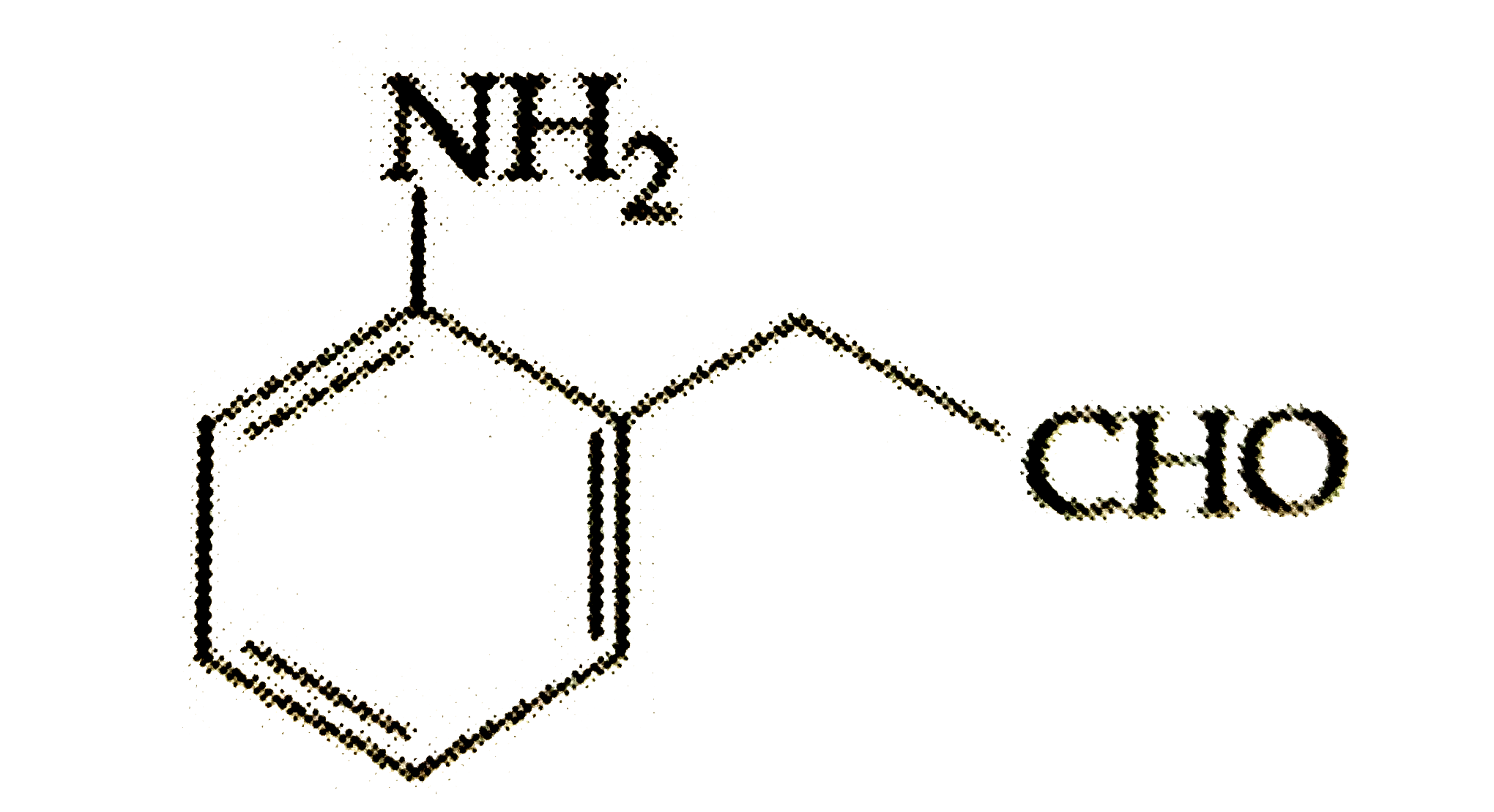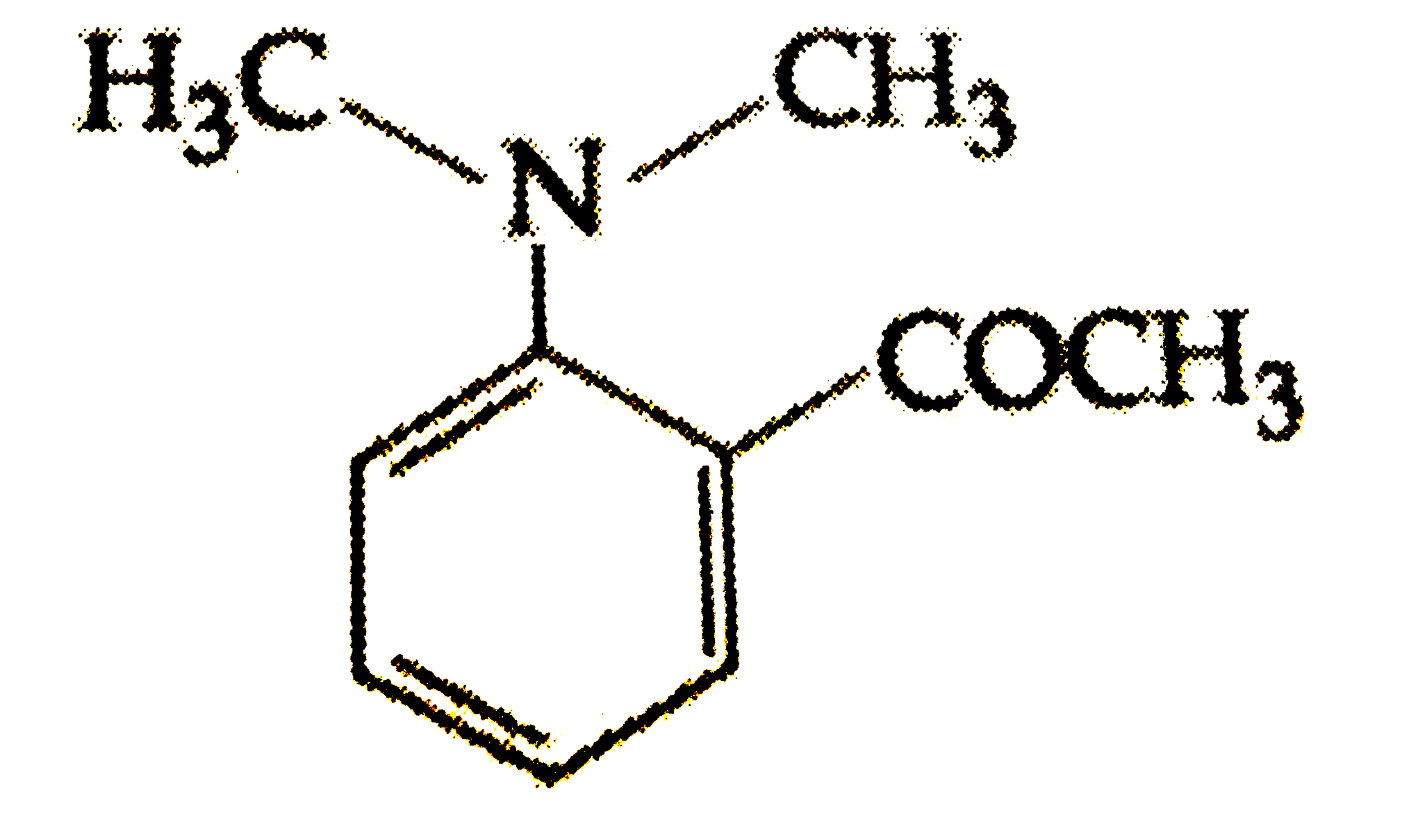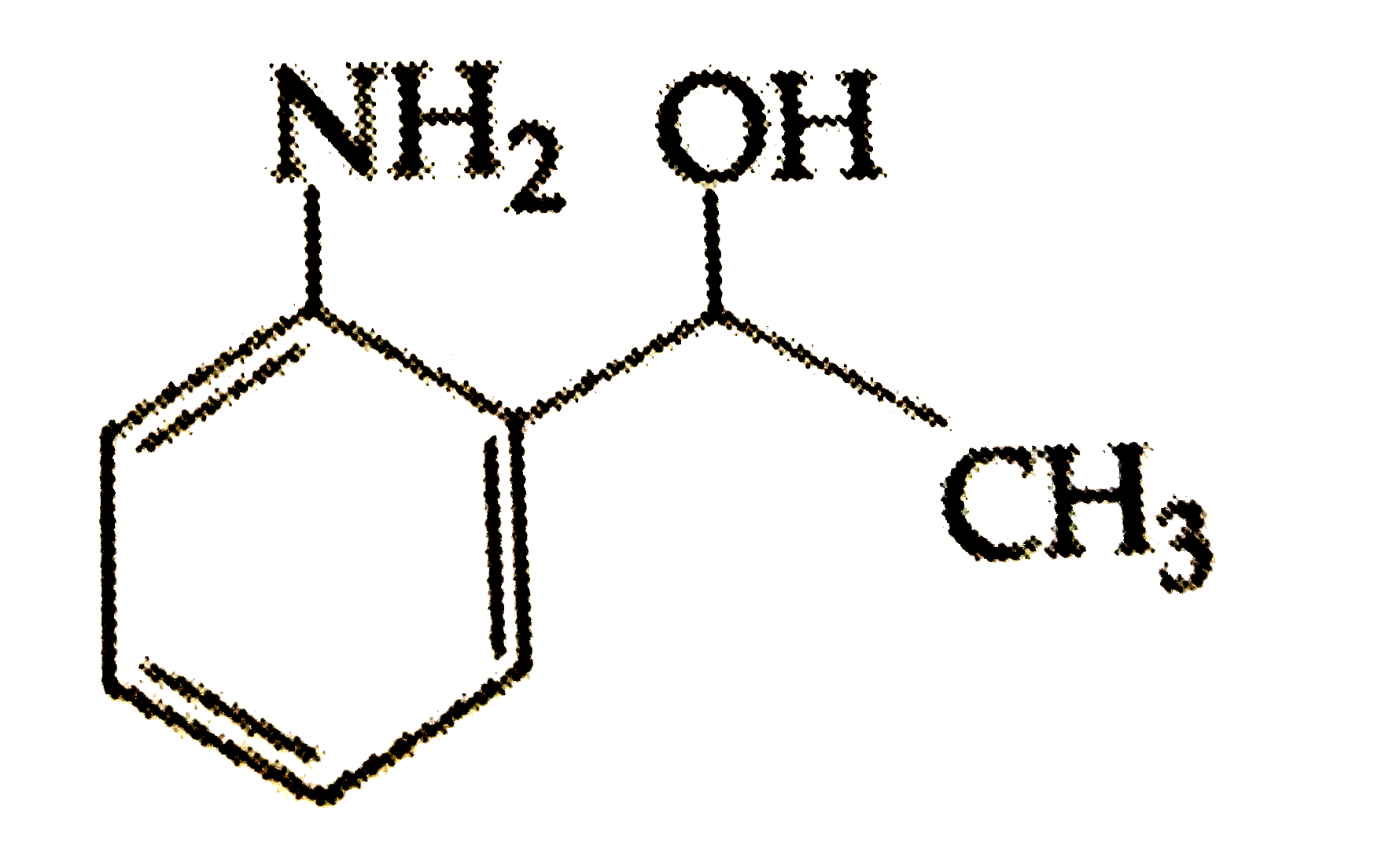The tests performed on compound X and their inferences are :
Test Inference(a) 2, 4 - DNP testColoured precipitate(b) Iodoform testYellow precipitate(c) Azo-dye testNo dye formation
Compound 'X' is :




To determine the identity of compound X based on the given tests and their inferences, we will analyze each test step by step.
Step 1: Analyze the 2,4-DNP Test
- Inference: The 2,4-DNP test gives a colored precipitate.
- Conclusion: This indicates the presence of a carbonyl group (C=O) in compound X. The carbonyl group can be part of either an aldehyde or a ketone.
Step 2: Analyze the Iodoform Test
- Inference: The Iodoform test gives a yellow precipitate.
- Conclusion: This test is positive for compounds that have a methyl ketone (COCH3) or a secondary alcohol with the structure CH3CHOH. Therefore, compound X must contain a COCH3 group.
Step 3: Analyze the Azo-Dye Test
- Inference: The Azo-dye test shows no dye formation.
- Conclusion: This indicates that compound X does not contain a primary amine (NH2 group). Therefore, it cannot form a diazonium salt, which is necessary for azo dye formation.
Step 4: Combine the Inferences
- From the 2,4-DNP test, we conclude that compound X has a carbonyl group.
- From the Iodoform test, we conclude that it must contain a methyl ketone (COCH3).
- From the Azo-dye test, we conclude that it does not have an amine group.
Step 5: Identify Compound X
- Given the above conclusions, compound X must be a methyl ketone that does not have an NH2 group. The only structure that fits all these criteria is acetophenone (C6H5COCH3), which has a carbonyl group (ketone) and a methyl group attached to it.
Final Answer
Compound X is acetophenone (C6H5COCH3).
---
- Inference: The 2,4-DNP test gives a colored precipitate.
- Conclusion: This indicates the presence of a carbonyl group (C=O) in compound X. The carbonyl group can be part of either an aldehyde or a ketone.
- Inference: The Iodoform test gives a yellow precipitate.
- Conclusion: This test is positive for compounds that have a methyl ketone (COCH3) or a secondary alcohol with the structure CH3CHOH. Therefore, compound X must contain a COCH3 group.
- Inference: The Azo-dye test shows no dye formation.
- Conclusion: This indicates that compound X does not contain a primary amine (NH2 group). Therefore, it cannot form a diazonium salt, which is necessary for azo dye formation.
- From the 2,4-DNP test, we conclude that compound X has a carbonyl group.
- From the Iodoform test, we conclude that it must contain a methyl ketone (COCH3).
- From the Azo-dye test, we conclude that it does not have an amine group.
- Given the above conclusions, compound X must be a methyl ketone that does not have an NH2 group. The only structure that fits all these criteria is acetophenone (C6H5COCH3), which has a carbonyl group (ketone) and a methyl group attached to it.
Compound X is acetophenone (C6H5COCH3).
Similar Questions
Knowledge Check
 Positive Tollens test Compound (A) is :A
Positive Tollens test Compound (A) is :A B
B C
C D
D
A compound that gives positive iodoform test is
A1-pentanolB2-pentanoneC3-pentanoneDpentanalA compound that gives positive iodoform test is
A1-pentanolB2-pentanoneC3-pentanoneDpentanal
A negative iodoform test (i.e., no yellow precipitate ) will be the result when NaOH + I2 is reacted with
View SolutionBlood precipitation test was proposed by
View SolutionThe organic compound that gives following qualitative analysis is :
TestInference(a)Dil.HClInsoluble(b)NaOH solutionsoluble(c)Br2/waterDecolourization
View SolutionThe organic compound that gives following qualitative analysis is :
TestInference(a)Dil.HClInsoluble(b)NaOH solutionsoluble(c)Br2/waterDecolourization
View SolutionA compound that gives positive iodoform test is
View Solution
